
Exploring Art as a Student: From classroom to canvas
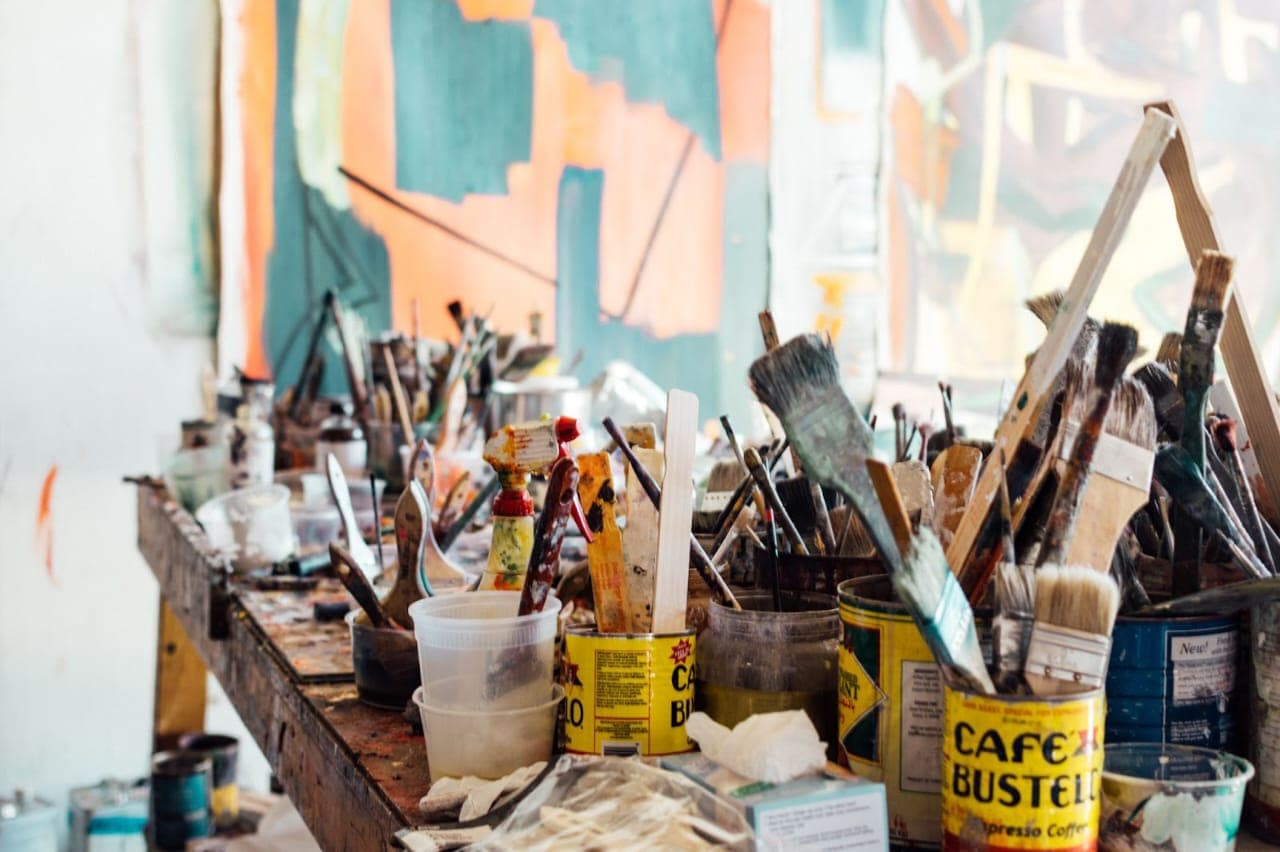
As a student, life can often feel like a whirlwind of lectures, assignments, and exams. The demands of academia can be overwhelming, and the need for a creative outlet becomes increasingly important. One such avenue for self-expression and exploration is the world of art. Whether it's through painting, drawing, sculpture, or any other medium, engaging with art as a student can be a deeply enriching and transformative experience. It can be challenging to find the right balance between academic responsibilities and pursuing your passion for art. However, with the right strategies and mindset, you can explore the vibrant world of art while excelling in your studies. In this blog, we'll explore tips and techniques to help you manage your work and hobbies effectively.
Section 1: Why Explore Art as a Student?
Before we delve into the practical aspects, let's address why exploring art as a student is important:
Art Fosters Creativity
Art is a creative outlet that can stimulate your imagination and help you think outside the box. These skills can be valuable in various academic disciplines. It allows students to express themselves and their ideas in unique and creative ways, fostering creativity and innovation.
Stress Relief
The act of creating art is inherently therapeutic. In a world filled with stress and constant demands, art provides a haven for self-expression and reflection. When you pick up a paintbrush or pencil, it's as if you embark on a journey into the depths of your own soul. It can be both an escape from reality and a way to confront the deepest corners of your mind. It can provide an outlet for students to relieve stress, reduce anxiety, and process difficult emotions.
Self-Expression
Art allows you to express yourself and your unique perspective, which can boost your self-confidence and self-esteem. Art allows students to break free from the confines of textbooks and lectures, to immerse themselves in a world where the only boundaries are the edges of the canvas. It provides an opportunity to embrace one's innermost thoughts and emotions and conveys them in ways that words often cannot express. As students, we are constantly bombarded with the rigors of academic subjects, but art offers a respite, a sanctuary for our imaginations to roam free.
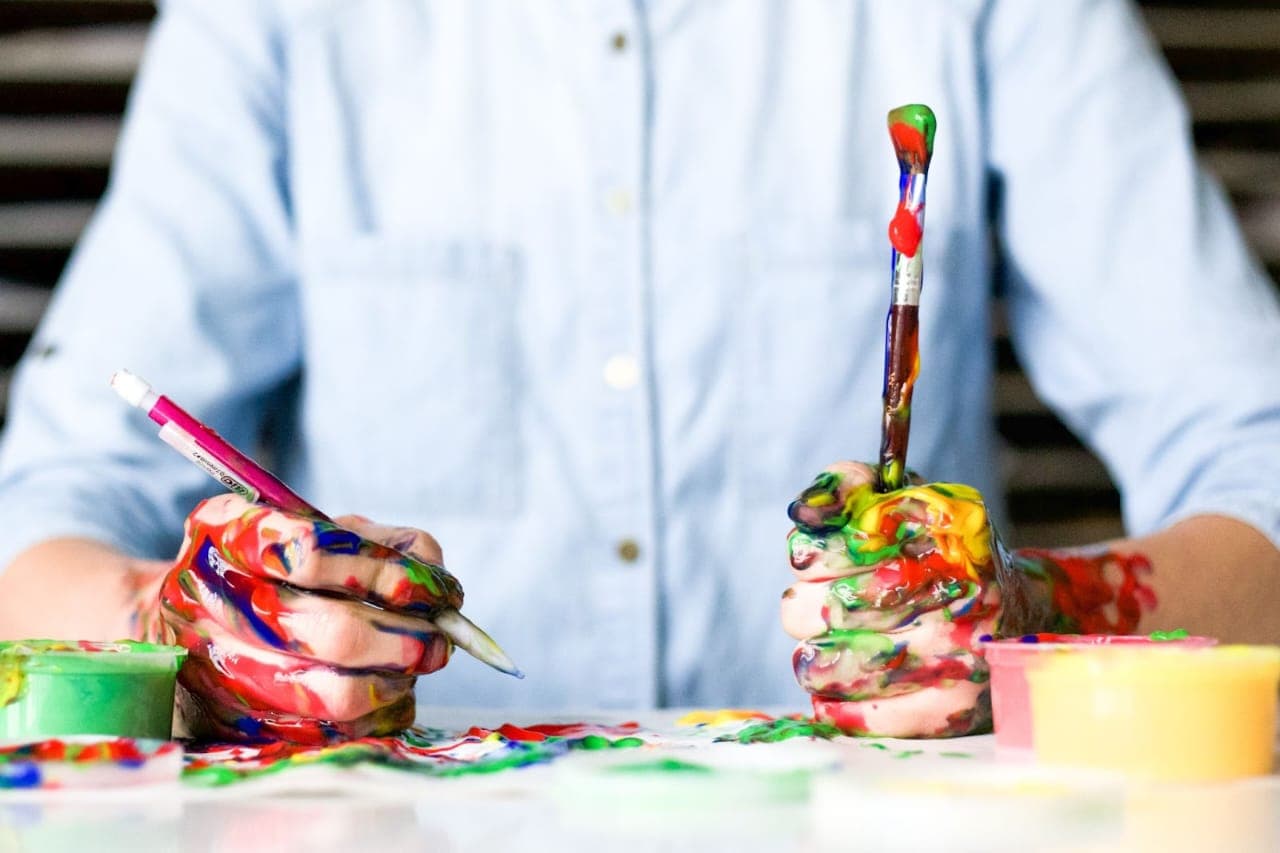
Section 2: Balancing Art and Studies
Life is a beautiful mosaic of diverse experiences and passions. While excelling in academics is crucial for one's future, nurturing a hobby like art can be equally rewarding. Balancing these two seemingly disparate worlds can be a challenging yet rewarding endeavor. Let’s explore strategies for managing your hobby of art alongside your academic commitments so you can enjoy the best of both worlds. Here are some tips:
Create a Schedule
Time is our most valuable resource, and managing it effectively is key to harmonizing academics and art. Start by creating a schedule that allocates dedicated time for both. Set clear boundaries and avoid overlapping your study and art sessions. Make use of time management tools, such as calendars and task lists, to ensure you meet both your artistic and academic goals.
Prioritize Tasks
Understand that both your academics and art are important. Identify your most critical academic commitments and set deadlines for your art projects accordingly. However, there may be periods when your academic workload increases or when you have important exams. During these times, prioritize your studies. On the flip side, when you have more free time, indulge in your artistic pursuits.
Set Realistic Goals
Set realistic goals for both. Understand that you may not always have time for lengthy art projects or to excel in every academic subject. Instead, break your goals into manageable chunks. For art, start with small projects that can be completed in short sittings. In academics, focus on key subjects and concepts. Consider using the Pomodoro Technique, which involves working in focused, 25-minute blocks with 5-minute breaks. This can improve productivity and help you find time for art.
Multitasking Can Be Your Friend
In certain cases, you can combine your academic and artistic pursuits. For instance, if you're studying a topic that aligns with your art interests, create visual aids or diagrams to enhance your understanding. This not only reinforces your academic learning, but also nurtures your creative side.
Section 3: Choosing the Right Art Medium
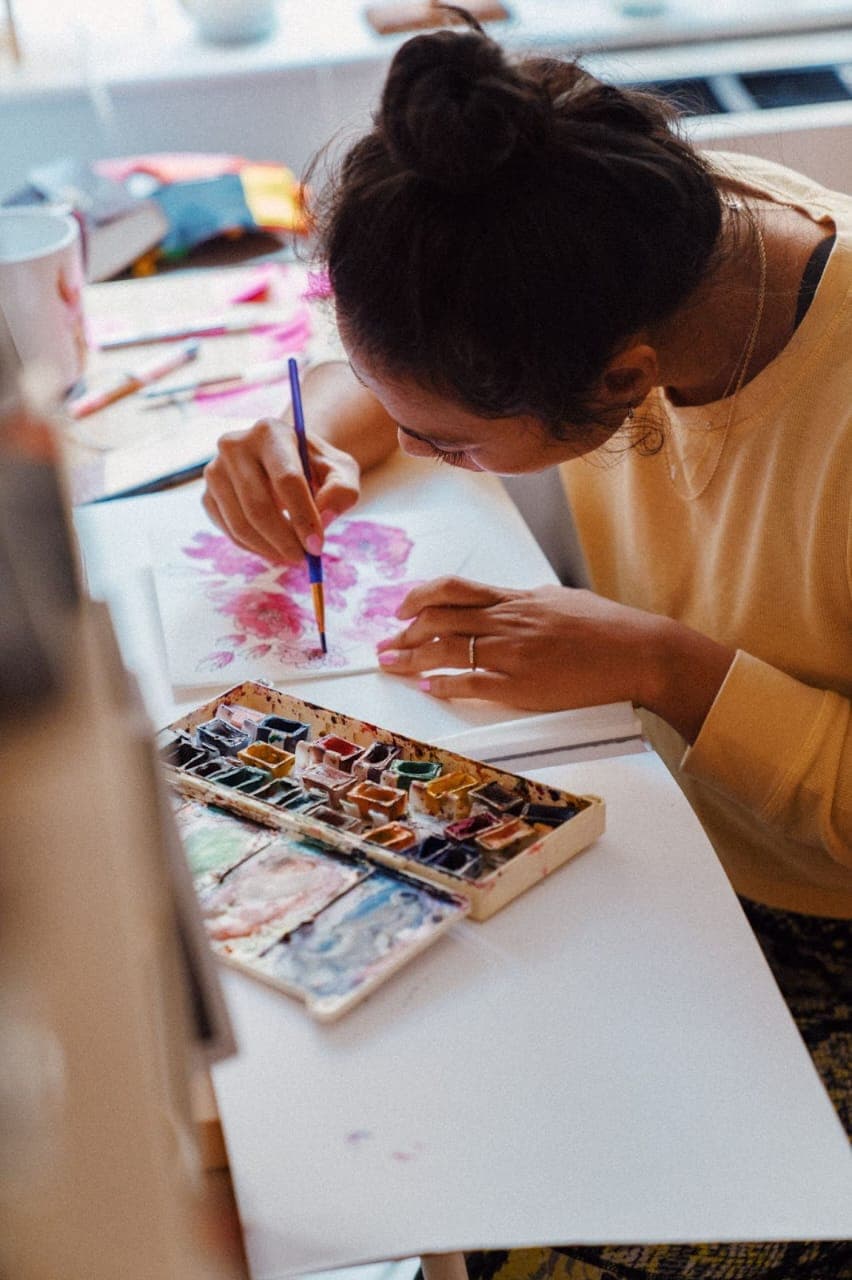
One of the most exciting aspects of art is the vast array of mediums available for artists to explore. Whether you're a student looking to discover your artistic talents or simply someone curious about the art world, let's embark on a journey to explore some of the most fascinating art mediums that suit your schedule and preferences.
Drawing and Sketching
Drawing is often the first medium many of us encounter. It's easily accessible, requires minimal supplies, and can be done anywhere with just a pencil and paper. It's a wonderful way to learn how to observe the world around you and translate your observations onto paper. Whether you're sketching still life, portraits, or abstract concepts, drawing is an excellent foundation for other art forms.

Digital Art
In the digital age, exploring art through technology is becoming increasingly popular. Digital art lets you use software and a digital tablet to create stunning illustrations, paintings, and even 3D sculptures. The possibilities are endless, and the learning curve can be exciting. Furthermore, it allows for flexibility and the option to work on projects at your own pace. It's ideal for students with a tech-savvy mindset.
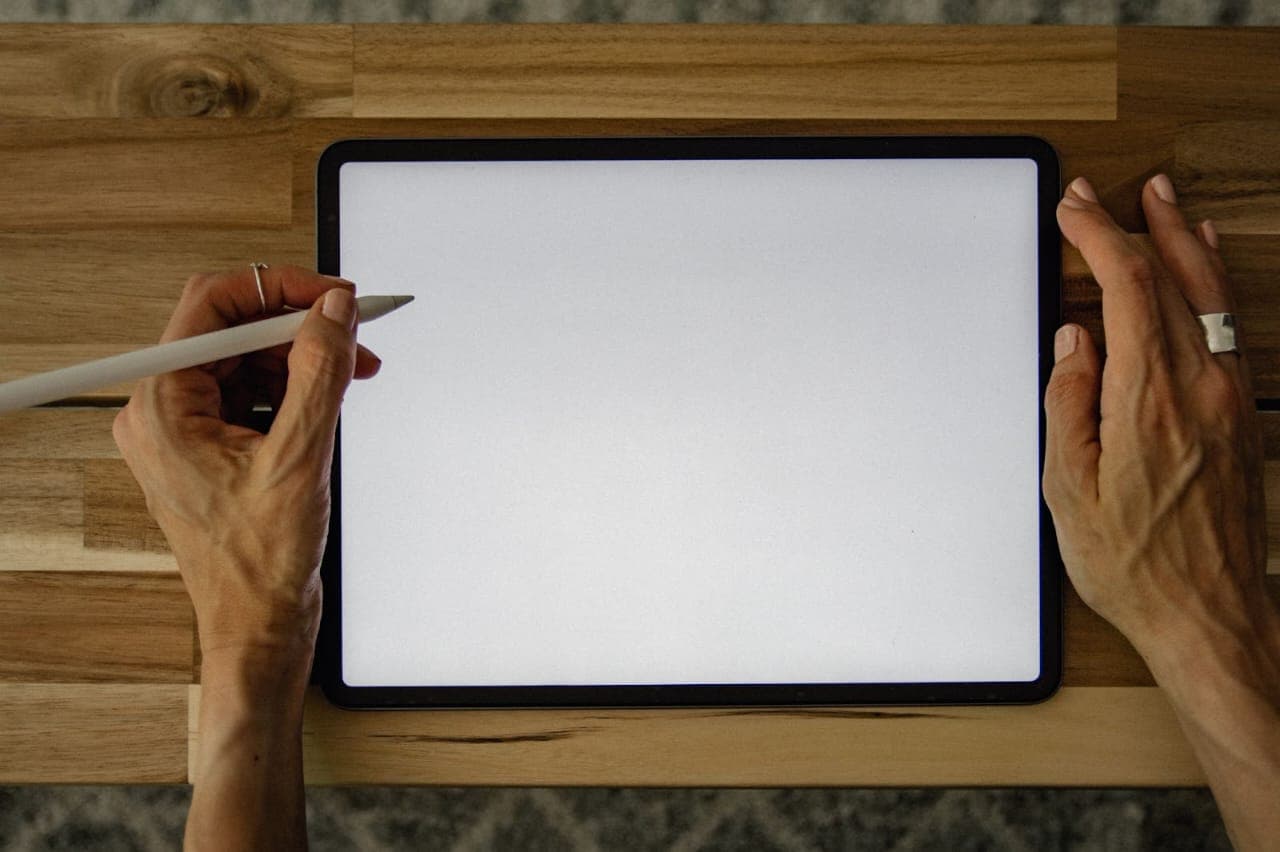
Painting
Painting is a great way to unwind and experiment with colors. Consider watercolors or acrylics for easy cleanup. It adds color and depth to your artistic journey. Watercolors, acrylics, oils, and gouache each offer unique experiences.
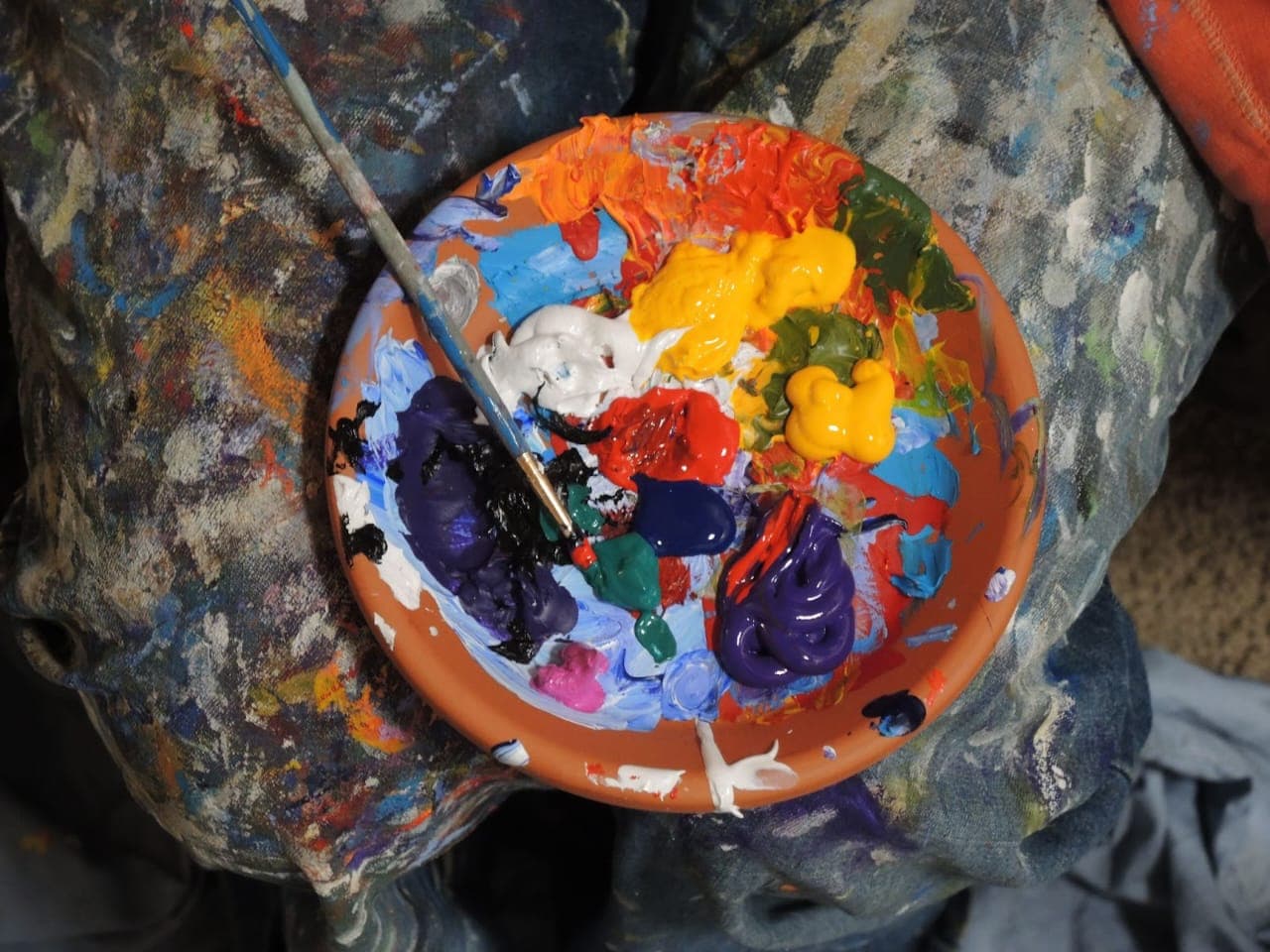
Photography
Photography can be integrated into your daily life and studies. Capture interesting moments as you go about your day. From breathtaking landscapes to intimate portraits, photography allows you to explore the world through the lens of a camera.
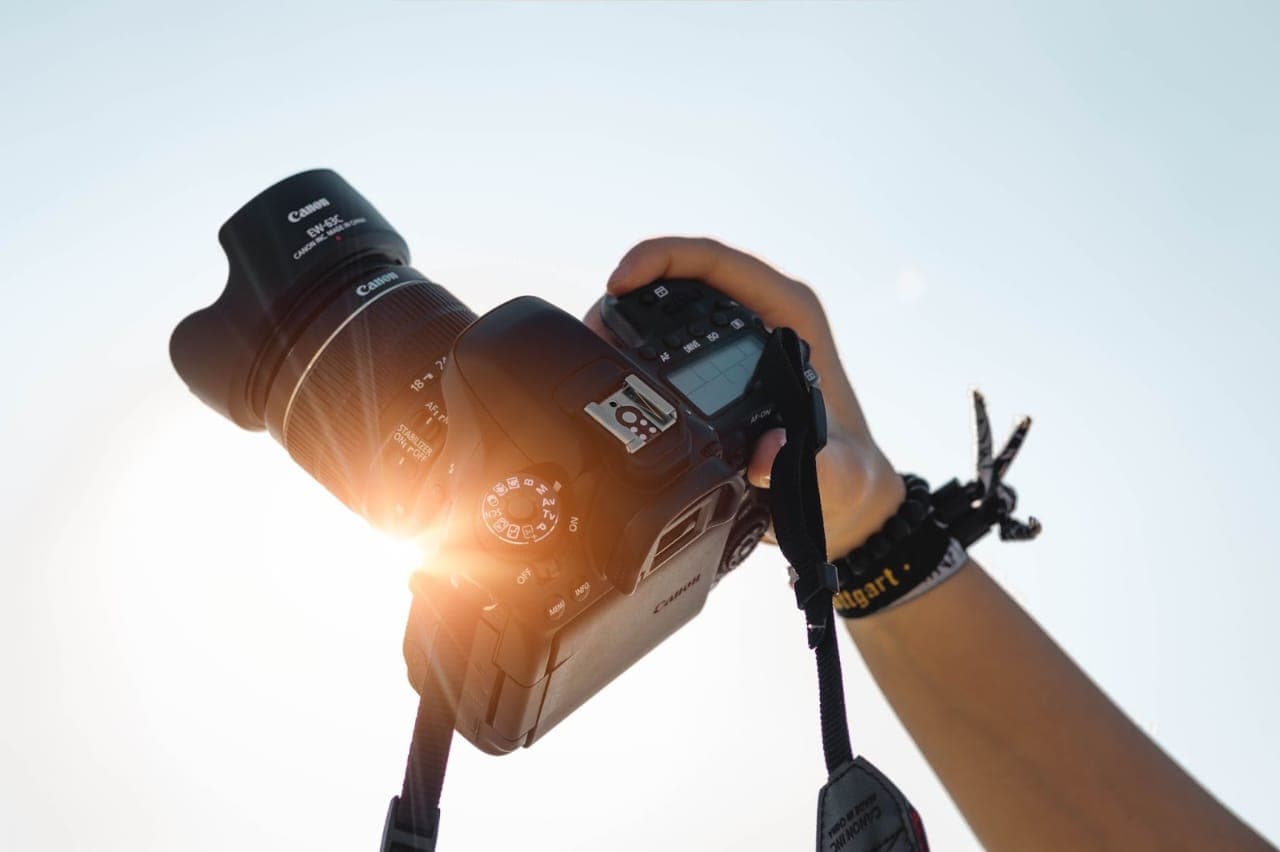
Section 4: Stay Inspired
Maintaining your passion for art is crucial. Here are some techniques to stay inspired:
Keep a Sketchbook
Carry a sketchbook with you to capture ideas and moments of inspiration.
Explore Different Styles
Experiment with various art styles and techniques to keep your creativity flowing.
Take Breaks
Don't overburden yourself. Taking breaks and stepping away from your art can help you come back with fresh ideas.
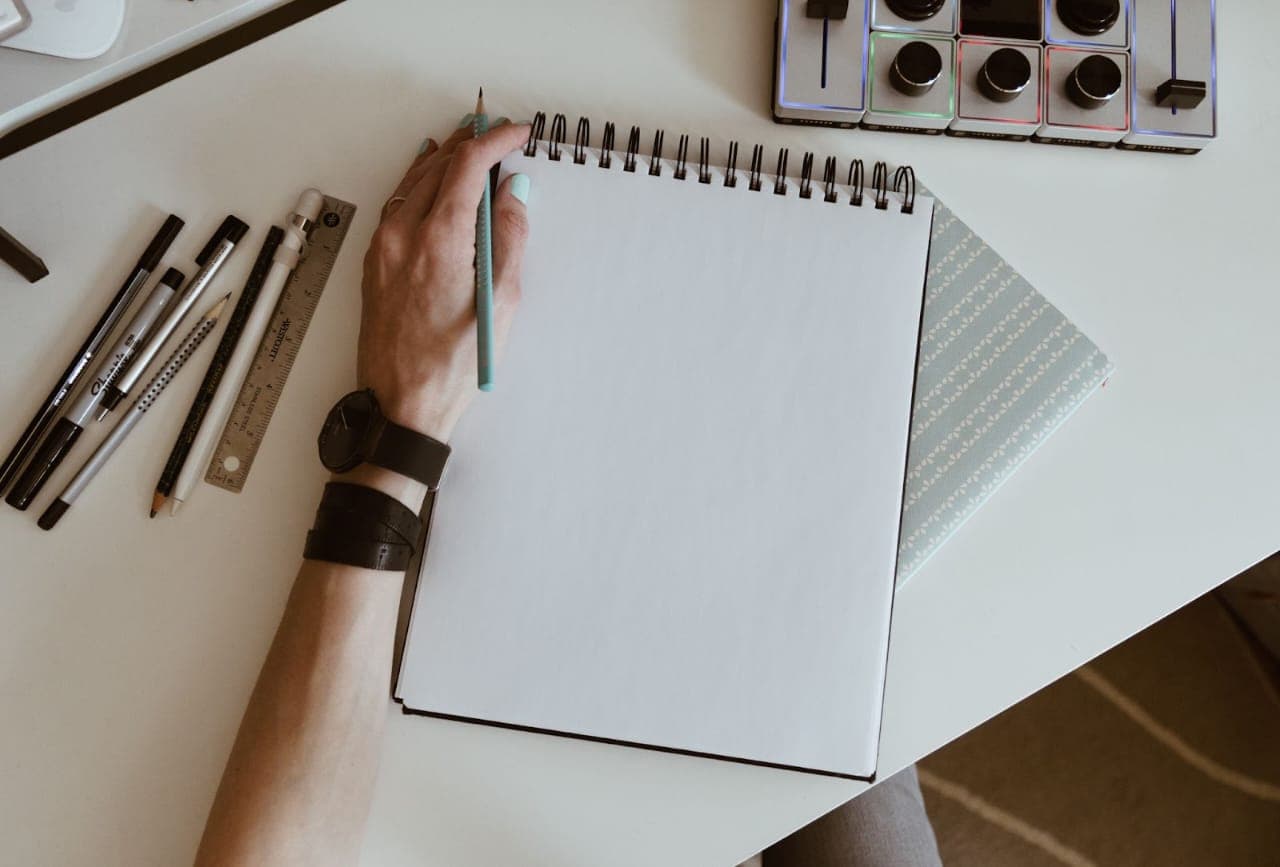
Exploring art as a student is an enriching journey that combines creativity, self-discovery, and personal growth. It provides a sanctuary away from the academic demands of university life, allowing students to express their innermost thoughts, emotions, and desires. Art is a powerful teacher, offering life skills, resilience, and a sense of community that can enhance a student's overall experience.
Remember that it's not about sacrificing one for the other, but about finding a harmonious way to pursue your passions. Art and academics can complement each other, making you a more well-rounded and fulfilled individual. Allow yourself the freedom to explore the world of art, for it is not just a hobby or a pastime, but a profound journey of self-discovery and an expression of the unique individual that you are.
PreMed.PK
Head over to our MDCAT question bank and start practicing!


Zuha Salman
Zuha Salman is a recent graduate from Nixor College whose love for reading has been a lifelong affair. While pursuing her education, she discovered a passion for writing. As a young aspiring writer, she channels her enthusiasm for literature into creating engaging and thought-provoking content. With a passion for storytelling and a curious mind, she looks forward to sharing her literary explorations and creative endeavours with readers like you.
Latest Posts
Recent Blogs

Master Your MDCAT Preparation with Timed Tests
Struggling with exam-day pressure despite knowing your content? This blog reveals how timed tests can transform your MDCAT prep by helping you stay calm, manage time, and perform under stress. Discover real student stories, expert strategies, and why PreMed.PK’s realistic testing system is your best tool to turn knowledge into top scores.

Shah Fahad
Jun 30, 2025

PreMed.PK Courses | All you need to Ace the Entrance Exam
PreMed.PK’s Courses dashboard is your all-in-one learning hub! With access to lectures, notes, assignments, analytics, and everything you need for MDCAT and AKU preparation. Simplify your study experience and focus on what really matters—your success!

Humaira Shaheen
Jun 28, 2025

Quiz Builder | Customize FLPs for MDCAT with AI
Create custom FLPs for MDCAT, NUMS, AKU and other pre-medical entrance exams using AI-powered Quiz Builder. Choose chapters, set difficulty, and practice smarter with instant feedback.

Humaira Shaheen
Jun 22, 2025

How to Use Theta AI to Maximize Your MDCAT Score
Struggling with scattered prep and no clear direction for MDCAT? This blog breaks down how to use Theta AI — PreMed.PK’s smart analytics tool — to identify your weak areas, get personalized practice, and boost your score efficiently. A step-by-step guide to studying smarter, not harder.

Maheen Farooq
Jun 5, 2025

Best Duas for Studying and Retaining Knowledge During Ramadan
Stay consistent, stay sharp, and make this Ramadan a month of both spiritual and academic success!

Areeba Kalwar
Mar 8, 2025

MDCAT Study Plan for Ramazan
Struggling to balance fasting and studies? We've got you covered! Choose between a Sehri-Based or Iftar-Based study plan to stay productive while keeping your energy levels in check. Stay disciplined, stay motivated, and make every moment count!

Areeba Kalwar
Mar 2, 2025

Roadmap for a Repeater | A Strategic Plan for MDCAT Success
Reattempting MDCAT? This time, study smarter, not just harder! Your success story starts now!

Humaira Shaheen
Feb 28, 2025

Here's How Reviewing Your Mistakes can Boost Your MDCAT Score!
Mistakes aren’t setbacks—they’re stepping stones to success! Review, learn, and improve to boost your MDCAT/NUMS/AKU score.

Farrukh Ali Hassan
Feb 24, 2025
PreMed.PK
Head over to our MDCAT question bank and start practicing!













